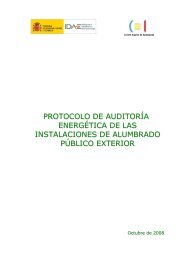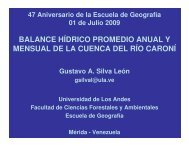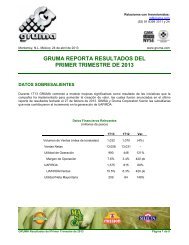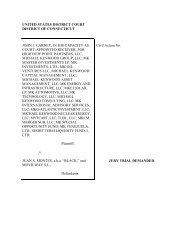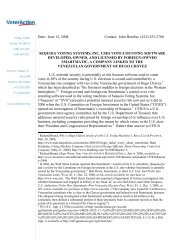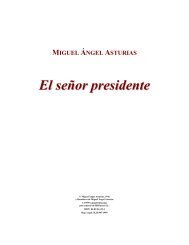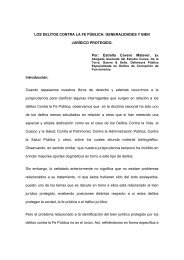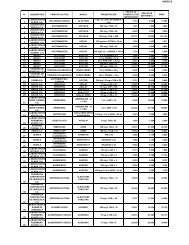broschuere ee zahlen en bf
broschuere ee zahlen en bf
broschuere ee zahlen en bf
Create successful ePaper yourself
Turn your PDF publications into a flip-book with our unique Google optimized e-Paper software.
WORLD: gROWTH<br />
86 R<strong>en</strong>ewable Energy Sources in Figures<br />
Mean growth rates for r<strong>en</strong>ewable <strong>en</strong>ergy sources during the period 1990 to 2008<br />
growth rate [% per annum]<br />
70<br />
60<br />
50<br />
40<br />
30<br />
20<br />
10<br />
0<br />
1.9 1.1 1.9 2.0<br />
PEC RE<br />
total<br />
42.3 42.9<br />
Photo-<br />
voltaics<br />
10.1<br />
5.5<br />
Solar<br />
thermal <strong>en</strong>.<br />
The OECD Member States are listed in Section 8 of the Annex.<br />
1) Including biog<strong>en</strong>ic fraction of municipal waste<br />
Source: after IEA [104]<br />
25.1 24.1<br />
Wind<br />
<strong>en</strong>ergy<br />
15.4<br />
12.7 12.1<br />
61.0<br />
Biogas Liquid<br />
Biomass<br />
1.3 1.3<br />
Solid<br />
Biomass 1)<br />
2.3 0.6<br />
Hydro<br />
power<br />
global<br />
OECD<br />
3.1 0.8<br />
geoth.<br />
<strong>en</strong>ergy<br />
Against the background of the climate protection objectives of the Kyoto Protocol, the developm<strong>en</strong>t<br />
of r<strong>en</strong>ewable <strong>en</strong>ergy sources since 1990 is of special interest. To date, however, it<br />
has not proved possible to achieve any marked increase in their share of <strong>en</strong>ergy supplies. On<br />
a global scale, <strong>en</strong>ergy supply from r<strong>en</strong>ewables grew by an average of 1.9 % per annum until<br />
2008, which was on the same level as the growth in total primary <strong>en</strong>ergy consumption.<br />
Since 2005 a change in the tr<strong>en</strong>d has b<strong>ee</strong>n observed in the industrialised countries (OECD),<br />
with growth in r<strong>en</strong>ewable <strong>en</strong>ergy supplies, at 1.5 %, for the first time exc<strong>ee</strong>ding the growth<br />
in total primary <strong>en</strong>ergy consumption (2005: 1.4 % p. a.). In 2008, r<strong>en</strong>ewable <strong>en</strong>ergies<br />
achieved growth of 2 % p.a., while the pace of growth of total primary <strong>en</strong>ergy consumption<br />
in the OECD continued to fall from 1.2 % p.a. in 2007 to 1.1 % p.a. in 2008.




